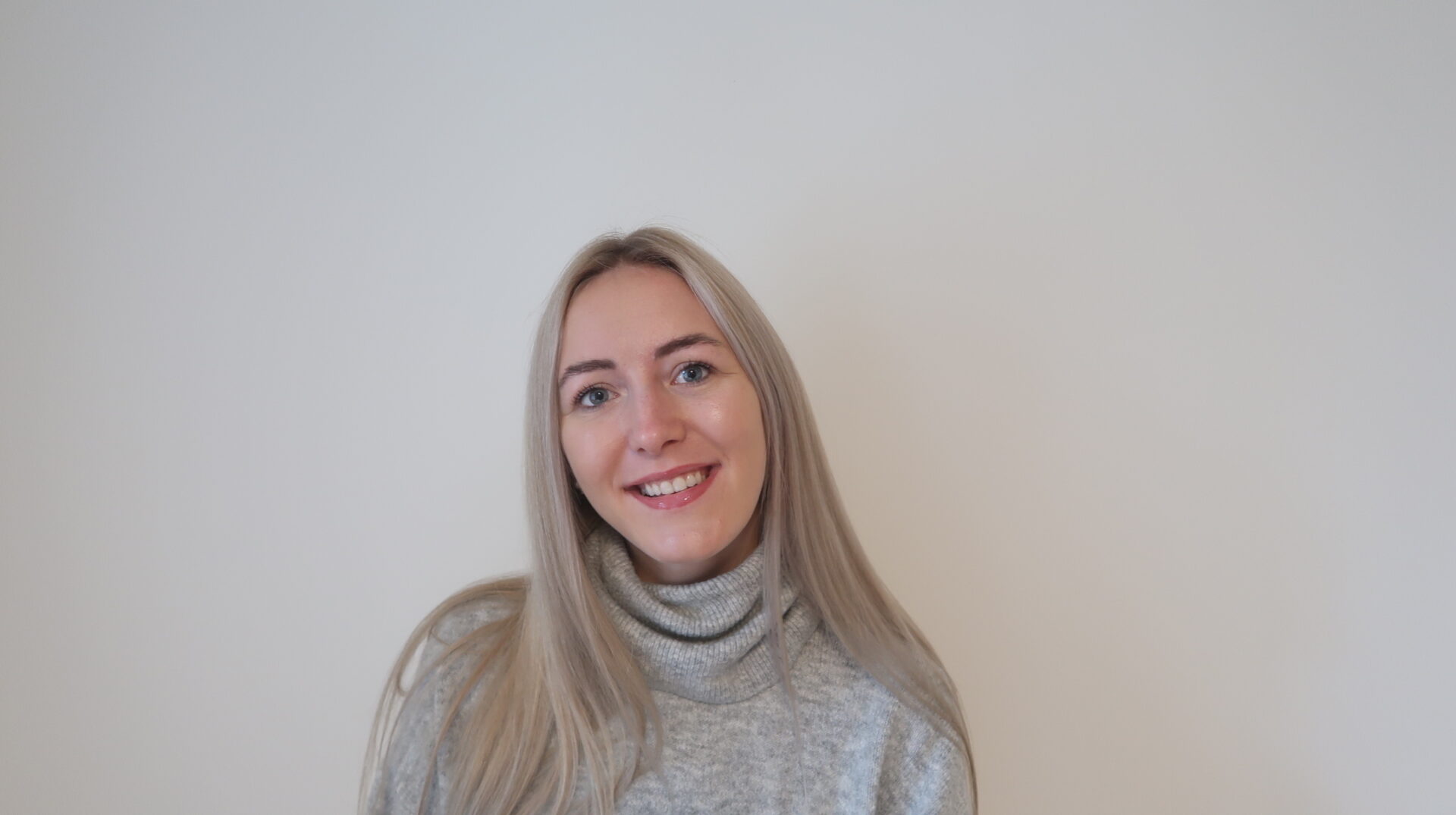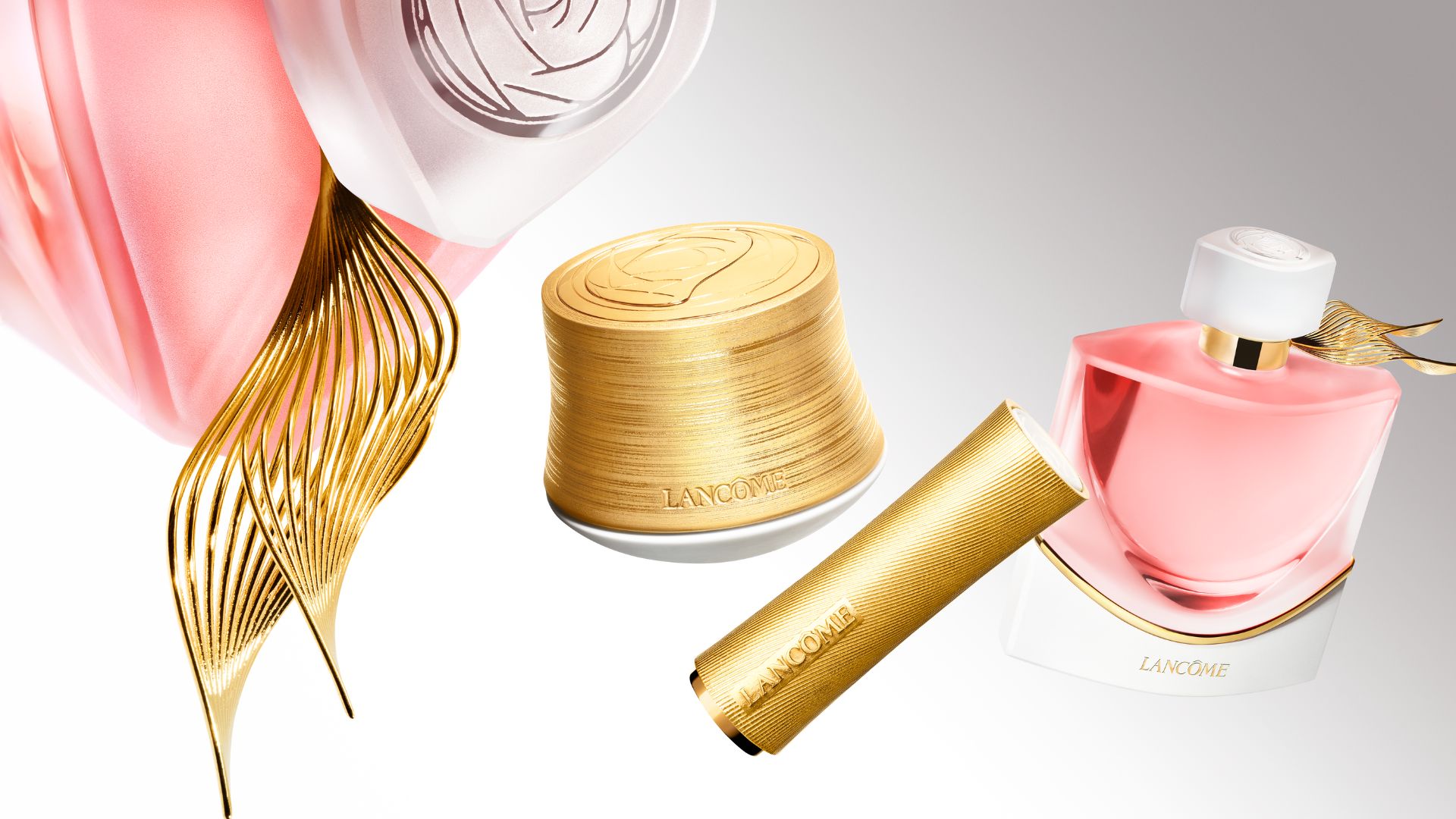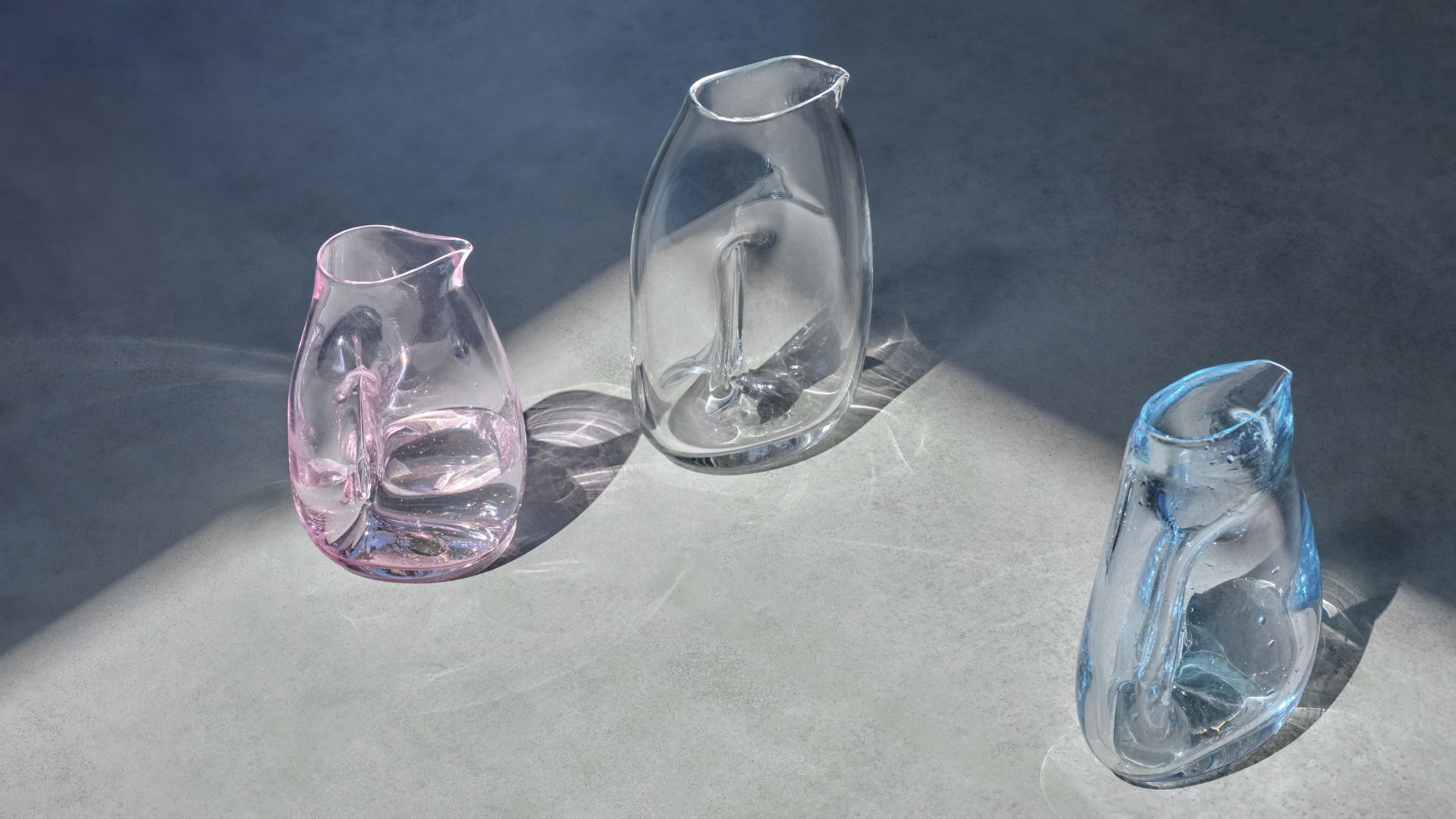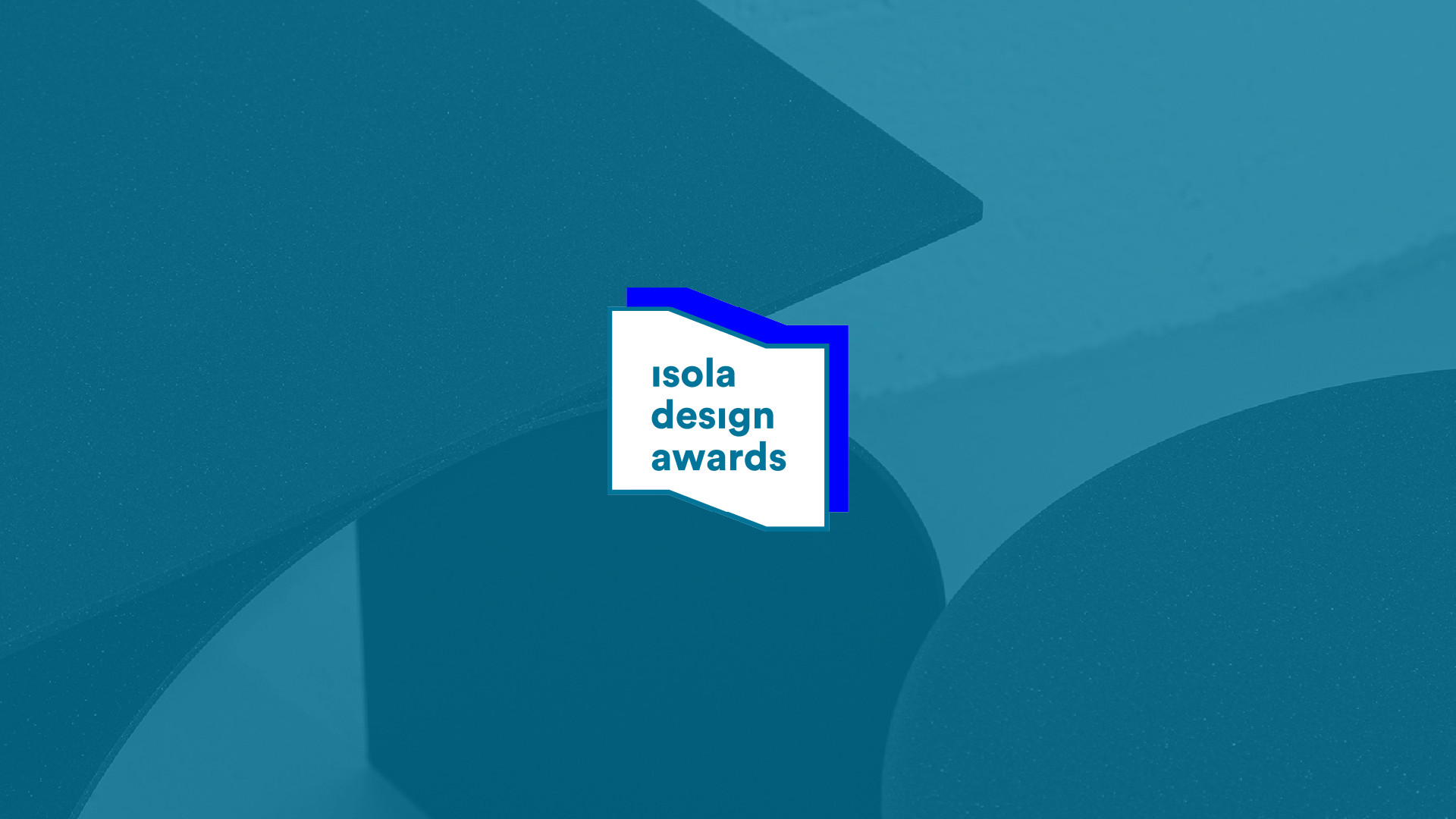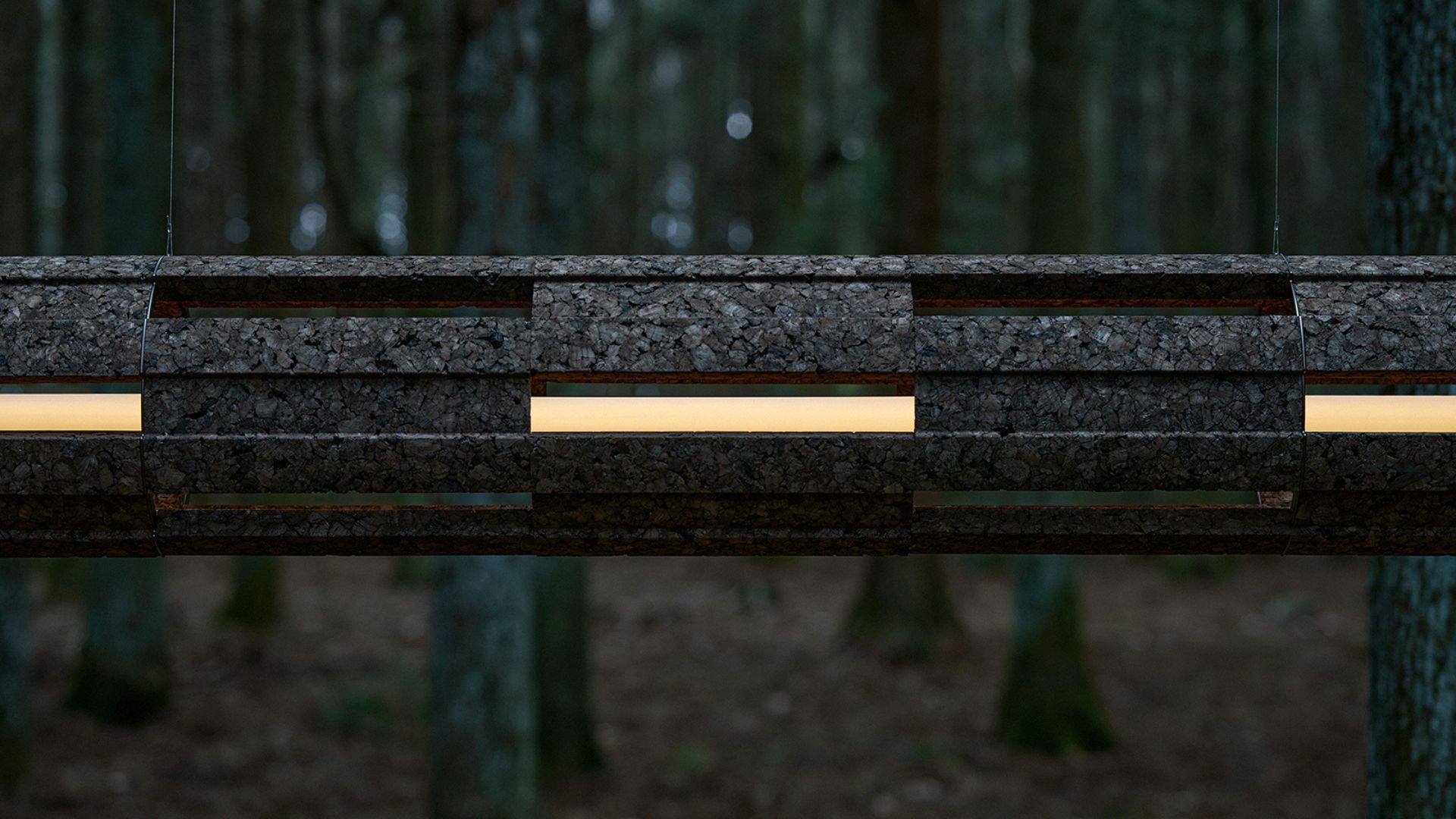Projects using the potential of mycelium, a natural alternative to plastic
The new ‘it’ material: more and more designers take advantage of mycelium, which is surprisingly inexpensive, easy to grow, and much better for the planet
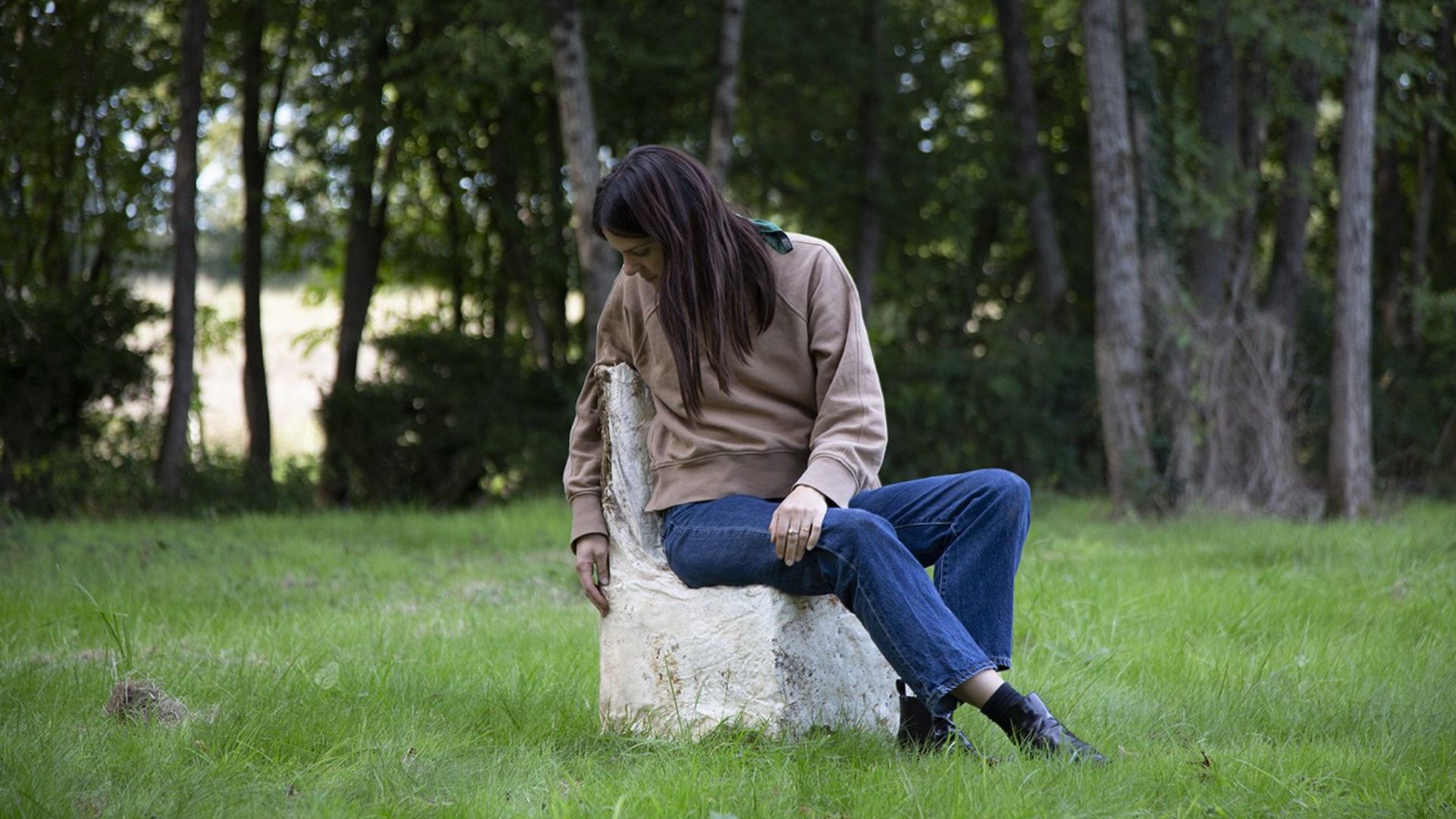
Mushrooms make for a yummy meal, but did you know they can also be used to create stunning product designs? That’s right. Designers all across the globe take mycelium to replace plastics, leather, meat, and other unsustainable products of industry.
The incredible root-like structure of fungi has gained traction over the past few years thanks to its amazing versatility. Mycelium, the vegetative part of a fungus, has gained popularity in the world of product design due to its numerous benefits.
It is a sustainable and eco-friendly material that can be used to create a wide range of products, from furniture and building materials to packaging and accessories.
One of the main benefits of using mycelium in product design is its ability to grow and form complex structures without the need for external inputs like water and sunlight. This makes it a highly efficient and resource-efficient material.
[ Read also How FirstBuild cocreated Mella, a solution for the mushroom growing revolution ]
Mycelium is also a strong and durable material that can withstand wear and tear, making it suitable for use in products that will be used on a daily basis. In addition to its practical benefits, mycelium has a small environmental footprint. It requires minimal inputs to grow and can be used to remediate contaminated soil, making it a sustainable and responsible choice for product design.
Overall, the use of mycelium in product design offers a range of benefits including sustainability, efficiency, and durability, making it a valuable material for designers looking to create environmentally-friendly products.
Some estimates suggest that the global market for mycelium-based products could reach $32 billion by 2025.
In this article, we’ve rounded up our favorite design projects using mycelium.
1. MyHelmet by StudioMOM
If you are a passionate cycler, you already know that a bicycle helmet should be replaced every 3 years. That’s not just disappointing for your wallet – it also creates a waste stream that is hard to recycle. The founder of StudioMOM, Mars Holwerda, has found a much friendlier solution to the planet.
Following the principles of the circular economy, MyHelmet distributes minimal CO2 emissions and requires no fossil raw materials. To replace the harmful EPS, the company uses hemp flakes and mycelium. By heating them together, you get a material similar to the unsustainable foam.
To create the strap and outer shell, the company used hemp textile, which is also a biodegradable material. Once mycelium attaches to it, the helmet gets extra strength.

2. Back to Dirt by Aléa
Interdisciplinary projects are where the magic happens. Back to Dirt offers an integrated micro-fabrication process, which is made through holistic observation, open-ended experimentation, and transdisciplinary collaboration.
In their work, the Paris-based design studio has explored the idea of using local soil as a mold to grow objects below ground. This way, they hope to reinvent the fabrication processes and offer an alternative to typical industrial methods.
Thanks to the Boisbuchet Residency Award in 2021, the company had a chance to bring the lab to nature and apply their process at full scale. This way, the first underground ‘Myco-fabricated Chair’ was introduced to the world.

3. Living Cocoon by TU Delft
Have you ever thought about how much time it takes for a coffin to decompose? Spoiler alert – much longer than you could imagine. We don’t just trash the planet during our life. We leave a scar even after our death. So what can we do about it?
The Living Cocoon aims to neutralize toxins in the human body and soil and give nutrients back to nature. This is possible using a mycelium-based coffin, which breaks itself down in 45 days.

4. Jonas Coffee Table by LI-AN-LO
Mycelium can be a tool for creating gorgeous furniture. A great example that rethinks the life cycle of design is this three-table collection from LI-AN-LO. Handmade in Sweden, the base of each table is created using solid spruce, which holds the glass top.
In order to produce the collection, the design studio collaborated with an organization that brings together local artisans, forest owners, and sawmills. During the process, the team chose only trees that were infested or felled for another reason.

5. Vegan leather by MycoWorks
MycoWorks, a biotech company based in California, has created a new type of vegan leather made from fungi. This eco-friendly material is made by transforming mycelium (threads from the root structure of mushrooms) into a substance that resembles animal-based leather in both appearance and texture.
To produce the patented, rigid material, MycoWorks utilizes engineered mycelium cells that grow into 3D structures with dense interweaving.

6. Mycelia House by Caity Duffus
Industrial designer Caity Duffus has created a product called Mycelia House, which enables users to experience nature from inside their homes amid the COVID-19 pandemic.
The set consists of a 3D-printed ceramic container and a hand-blown glass jar designed to safeguard a mushroom. Mycelia House is a response to the growing trend of localized food production and DIY alternatives.
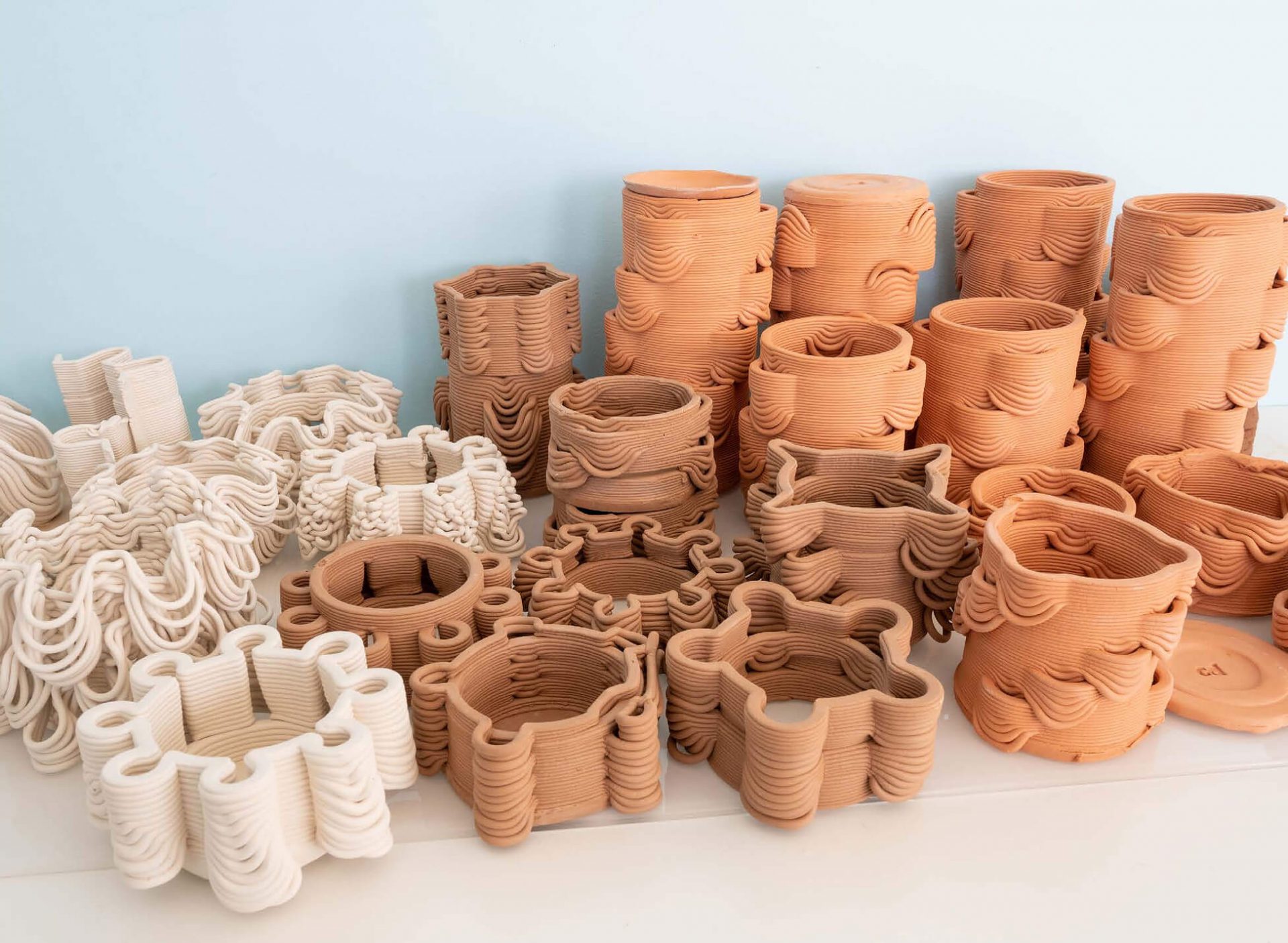
7. Urban Reef by Pierre Oskam and Max Latour
Designers Pierre Oskam and Max Latour from the Netherlands have developed a method for increasing biodiversity in cities. Their approach involves creating structural ecosystems using natural materials, such as mycellium, that can be incorporated into the built environment.

End notes
There is no doubt mycelium is the future of product design. Artists and designers are working hand in hand with scientists to discover and explore the potential the eco-friendly material could have.
Already now, we can see its many benefits, the most important of which is its ability to be biodegradable. In 2023, we can expect mycelium to become the ‘it’ material of sustainability, and we believe it’s fantastic.


